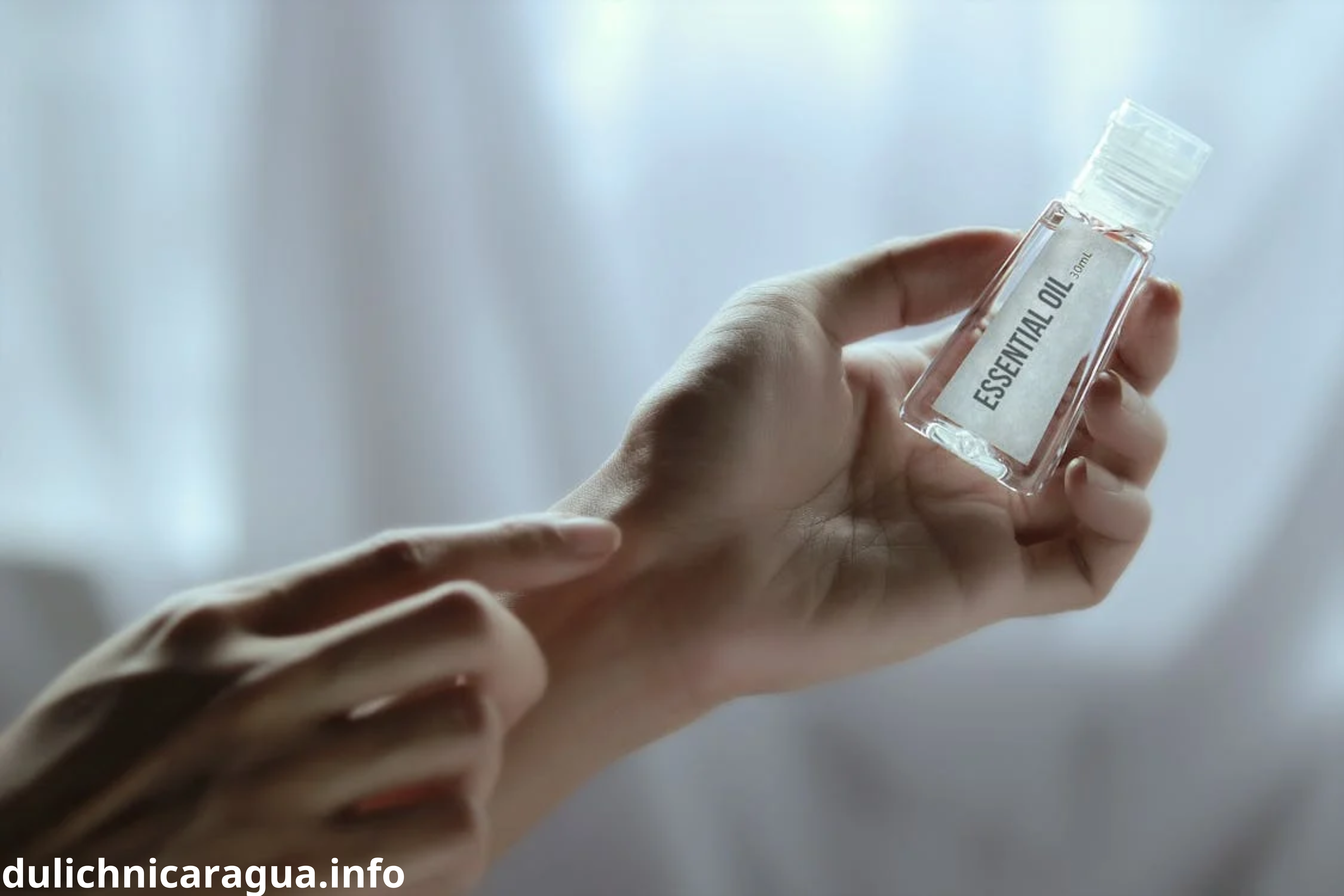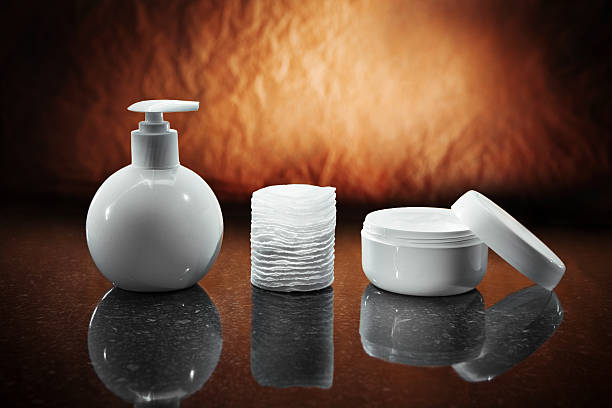Introduction
Dealing with oily skin can be a daily challenge, often resulting in unwanted shine, clogged pores, and frequent breakouts. While excess oil production is a natural process, it can be managed effectively with the right strategies and products. Understanding how to balance oil production and maintain a fresh, matte appearance is key to achieving healthy and clear skin. This comprehensive guide outlines proven strategies for managing oily skin, offering practical solutions to help you control excess oil and reduce shine throughout the day.
1. Understanding Oily Skin
Before diving into solutions, it’s essential to understand the causes and characteristics of oily skin:
- Causes: Oily skin results from overactive sebaceous glands that produce excess sebum. Factors such as genetics, hormonal changes, diet, and environmental conditions can influence oil production.
- Characteristics: Oily skin often appears shiny, particularly in the T-zone (forehead, nose, and chin). It may also be prone to clogged pores, blackheads, and acne.
Pro Tip: Keeping a journal of your skincare routine and diet can help identify triggers that contribute to excess oil production.
2. Cleansing: The Foundation of Oil Control
Effective cleansing is crucial for managing oily skin. The right cleanser helps remove excess oil and impurities without stripping the skin.
- Choose a Foaming Cleanser: Foaming or gel-based cleansers are ideal for oily skin as they help control oil and deep clean pores. Look for products labeled “oil-free” or “mattifying.”
- Frequency: Cleanse your face twice daily—once in the morning and once before bed—to remove oil and prevent buildup.
- Technique: Use lukewarm water and apply the cleanser with gentle, circular motions. Avoid scrubbing too hard, which can irritate the skin and lead to increased oil production.
Pro Tip: Consider a cleanser with salicylic acid or benzoyl peroxide to help address acne and control oil.
3. Exfoliating: Removing Dead Skin Cells to Prevent Clogged Pores
Exfoliation helps to remove dead skin cells and prevent clogged pores, which can contribute to excess oil and acne.
- Types of Exfoliants: Use chemical exfoliants containing ingredients like salicylic acid or glycolic acid. These acids help to dissolve dead skin cells and prevent pore blockages without the abrasive effects of physical exfoliants.
- Frequency: Exfoliate 2 to 3 times a week. Over-exfoliating can irritate the skin and increase oil production.
- Technique: Apply the exfoliant after cleansing and before moisturizing. Follow the product’s instructions for best results.
Pro Tip: Avoid physical exfoliants with large, rough particles, as they can damage the skin and worsen oiliness.
4. Moisturizing: Hydrating Without Adding Excess Oil
Even oily skin needs hydration. Choosing the right moisturizer helps maintain skin balance without making it greasy.
- Opt for Oil-Free Moisturizers: Use lightweight, oil-free, or gel-based moisturizers that provide hydration without adding excess oil. Look for products labeled “non-comedogenic” to prevent clogging pores.
- Application: Apply moisturizer after cleansing and exfoliating. Use a small amount and focus on areas that feel dry or tight.
- Benefits: Proper hydration helps maintain the skin’s barrier function and can actually help control oil production by preventing the skin from overcompensating with additional oil.
Pro Tip: Consider a moisturizer with added ingredients like niacinamide or hyaluronic acid for additional skin benefits.
5. Sun Protection: Essential for Oily Skin
Sun protection is crucial for all skin types, including oily skin. However, oily skin can benefit from specific types of sunscreens.
- Choose Oil-Free Sunscreens: Opt for lightweight, oil-free sunscreens or those formulated for oily or acne-prone skin. Gel-based or mineral sunscreens are good options as they don’t clog pores and help control shine.
- Application: Apply sunscreen every morning, even on cloudy days. Reapply every two hours if spending extended time outdoors.
- Additional Tips: Some sunscreens come with mattifying properties that help control shine throughout the day.
Pro Tip: Look for sunscreens with SPF 30 or higher and avoid products with heavy, greasy formulations.
6. Using Toners: Balancing Oil and Tightening Pores
Toners can help to balance oil production and refine the appearance of pores, providing a more even complexion.
- Select a Mattifying Toner: Choose toners with ingredients like witch hazel, tea tree oil, or salicylic acid, which help control oil and tighten pores.
- Application: Apply toner after cleansing and before moisturizing. Use a cotton pad or your fingers to apply the toner evenly across your face.
- Benefits: Toners can help remove any remaining impurities after cleansing and prepare the skin for better absorption of other products.
Pro Tip: Avoid toners with high alcohol content, as they can be too harsh and may increase oil production over time.
7. Blotting Papers: Instant Oil Control Throughout the Day
Blotting papers are a convenient tool for managing excess oil and shine on-the-go.
- Use Blotting Papers: Carry blotting papers in your bag to quickly absorb excess oil throughout the day without disrupting your makeup or skincare.
- Application: Gently press the blotting paper against oily areas, such as the T-zone. Avoid rubbing, as this can irritate the skin.
- Benefits: Blotting papers help to reduce shine and control oil without adding additional products to your skincare routine.
Pro Tip: Opt for blotting papers that are designed to be gentle on the skin and avoid those with added powders or chemicals.
8. Diet and Lifestyle: Internal Factors Affecting Oil Production
Your diet and lifestyle choices can significantly impact your skin’s oil production and overall health.
- Stay Hydrated: Drink plenty of water throughout the day to help flush out toxins and maintain skin hydration. Proper hydration can also help control oil production.
- Healthy Diet: Incorporate a balanced diet rich in fruits, vegetables, lean proteins, and whole grains. Foods high in antioxidants and omega-3 fatty acids can support skin health and reduce inflammation.
- Limit High-Glycemic Foods: Reduce your intake of high-glycemic foods like sugary snacks and refined carbs, which can contribute to increased oil production and acne.
Pro Tip: Consider keeping a food diary to identify any dietary triggers that may be affecting your skin.
9. Professional Treatments: Advanced Solutions for Persistent Oily Skin
For more persistent cases of oily skin, professional treatments can provide additional relief.
- Chemical Peels: Chemical peels use acids to exfoliate the skin, reduce oil production, and improve skin texture. They are typically performed by dermatologists or skincare professionals.
- Laser Therapy: Laser treatments can target overactive sebaceous glands, reducing oil production and improving overall skin appearance.
- Microdermabrasion: This treatment involves the use of a specialized device to exfoliate the outer layer of the skin, helping to control oil and improve skin texture.
Pro Tip: Consult with a dermatologist or skincare professional to determine the best treatment options for your specific skin concerns.
Conclusion
Managing oily skin requires a combination of effective skincare practices and lifestyle adjustments. By incorporating these proven strategies—such as using the right cleansers, exfoliating regularly, applying oil-free moisturizers, protecting your skin from the sun, and utilizing blotting papers—you can control excess oil and maintain a fresh, matte appearance. Additionally, paying attention to your diet and seeking professional treatments when necessary can further enhance your efforts to manage oily skin. With the right approach, you can achieve a balanced complexion and enjoy healthier, more radiant skin.


